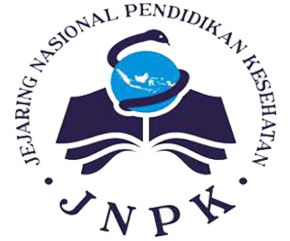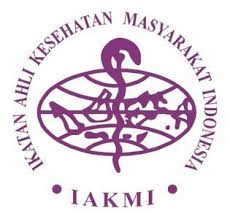Gaya Kepemimpinan Manajer dan Kepatuhan Penggunaan Alat Pelindung Diri
Abstract
Abstract
Sources of danger in the boiler division have levels of Extreme Risk (8%), High Risk (14%), Moderate Risk (35%) and Low Risk (43%). Mechanical Hazards (25%), Electrical hazards (10%), Chemical hazards (6%) and physical hazards (59%) (Supriyadi & Ramdan, 2017). OHS vulnerability and the lack of independent support from supervisors increase the likelihood of physical injury at work. Workers who experience vulnerability are less at risk if they have supportive supervisors (Yanar, Lay, & Smith, 2019). In managing this source of danger, it requires cooperative cooperation between management and workers. This study aims to determine the description of the leadership style of managers and compliance with the use of PPE in boiler section workers at PT PJB UBJ O&M PLTU Rembang. This type of descriptive research with a qualitative approach using purpose sampling techniques. The respondents were 4 boiler section workers at PT PJB UBJ O&M PLTU Rembang. Data collection was carried out through in-depth interviews and document studies. The results obtained illustrate that the tendency to use autocratic leadership style in managers by 88%, democratic leadership style 70%, and Laizze Faire leadership style by 72%. The description of compliance with the use of PPE on workers has been met (100%) indicators of motivation, knowledge, education, years of service, and age. Indicator of 50% ability and 75% attitude. Therefore, training is still needed to support the skills to use the proper PPE as well as to improve attitudes in complying with the use of PPE in the workplace.
Keywords: leadership style, compliance with PPE usage




